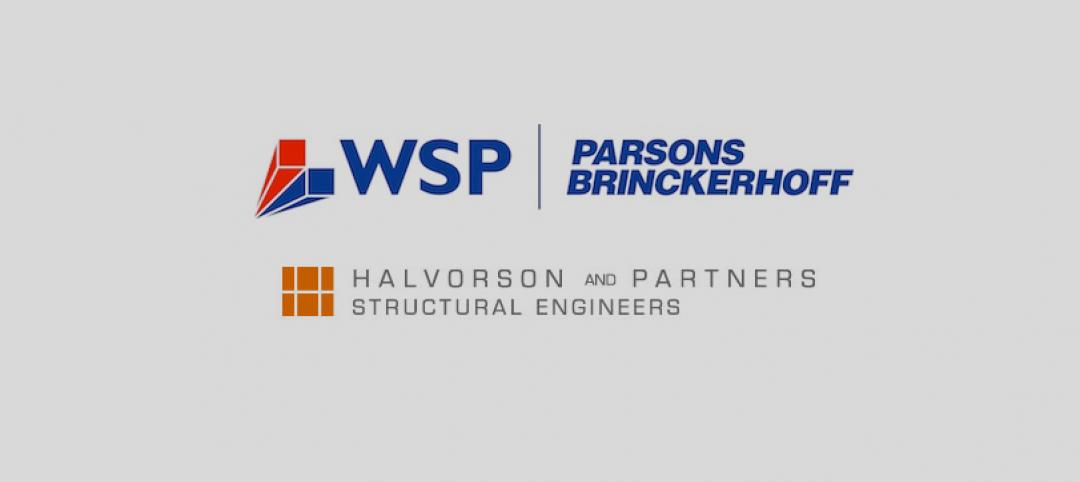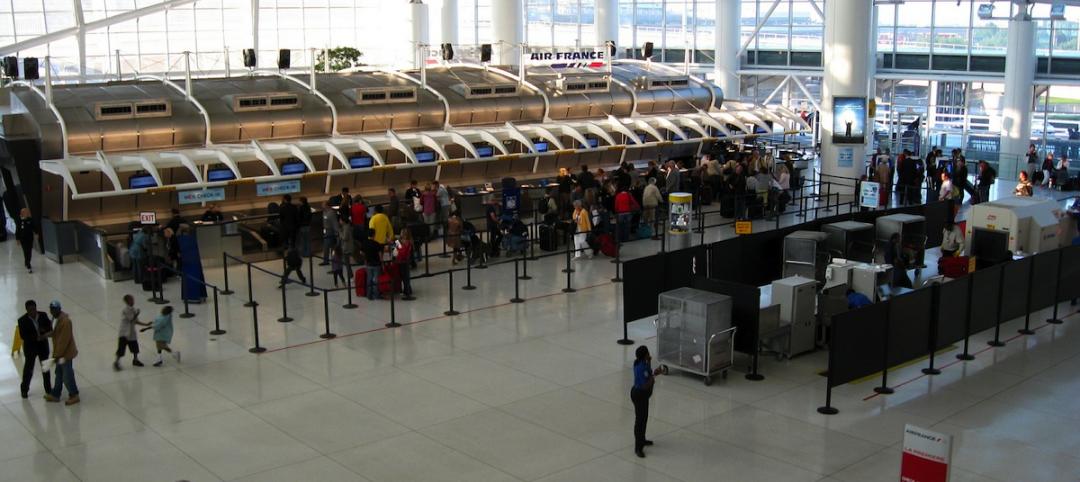WSP, the international engineering design and environmental consulting firm, will double its size in the Houston market by combining its existing operations there with the office of ccrd, a national MEP engineering and commissioning firm based in Houston, which WSP acquired last November.
The combined office, with about 60 employees, will be managed by David Sinz, PE, a vice president and managing director of WSP’s Houston office. David Duthu, PE, who was managing director of ccrd’s Houston office, is now co-leader of WSP’s national Science + Technology practice.
Aside from bolstering its Houston operations, the ccrd acquisition expanded WSP’s presence into markets throughout the Southeast and south-central U.S., according to WSP’s executive vice president Steve Burrows. (Founded in 1980, ccrd has offices in Austin, Texas, Dallas, Denver, Houston, Miami, Nashville, Tenn., Orlando, Fla., Phoenix, Richmond, Va., Kansas City, Mo., and Washington, D.C.)
David Cooper, PE, president of WSP’s U.S. Property & Building sector and chief commercial officer for WSP|Parsons Brinckerhoff, called the combination in Houston “a natural step forward.” He says the acquisition so far “has been everything both firms hoped it would be.”
Montreal-based WSP Global has 500 offices in 39 countries. Last Fall, it agreed to pay Balfour Beatty US$1.24 billion in cash to buy Parsons Brinckerhoff, a deal that increased WSP’s workforce by 77% to 31,000.
The purchase price for ccrd was not disclosed.
Separately, WSP and ccrd had already been active players and competitors in Houston’s healthcare, science, and technology sectors, having worked on innumerable hospitals, government, energy, and research construction projects. They are also active in Houston’s hospitality, commercial, residential, and industrial sectors.
Related Stories
Engineers | Sep 1, 2015
WSP Parsons Brinckerhoff acquires Halvorson and Partners
Halvorson and Partners, a 40-person Chicago-based firm, has completed structural designs for buildings like Abu Dhabi's Burj Mohammed Bin Rashid Tower
Airports | Aug 31, 2015
Surveys gauge users’ satisfaction with airports
Several surveys gauge passenger satisfaction with airports, as flyers and airlines weigh in on technology, security, and renovations.
Airports | Aug 31, 2015
Small and regional airports in a dogfight for survival
Small and regional airports are in a dogfight for survival. Airlines have either cut routes to non-hub markets, or don’t provide enough seating capacity to meet demand.
Airports | Aug 31, 2015
Airports expand rental car facilities to ease vehicular traffic at their terminals
AEC teams have found fertile ground in building or expanding consolidated rental car facilities, which are the No. 1 profit centers for most airports.
Airports | Aug 31, 2015
Experts discuss how airports can manage growth
In February 2015, engineering giant Arup conducted a “salon” in San Francisco on the future of aviation. This report provides an insight into their key findings.
Healthcare Facilities | Aug 28, 2015
Hospital construction/renovation guidelines promote sound control
The newly revised guidelines from the Facilities Guidelines Institute touch on six factors that affect a hospital’s soundscape.
Healthcare Facilities | Aug 28, 2015
7 (more) steps toward a quieter hospital
Every hospital has its own “culture” of loudness and quiet. Jacobs’ Chris Kay offers steps to a therapeutic auditory environment.
Healthcare Facilities | Aug 28, 2015
Shhh!!! 6 ways to keep the noise down in new and existing hospitals
There’s a ‘decibel war’ going on in the nation’s hospitals. Progressive Building Teams are leading the charge to give patients quieter healing environments.
Mixed-Use | Aug 26, 2015
Innovation districts + tech clusters: How the ‘open innovation’ era is revitalizing urban cores
In the race for highly coveted tech companies and startups, cities, institutions, and developers are teaming to form innovation hot pockets.
Building Enclosure Systems | Aug 11, 2015
Deriving value from coordinated building enclosure shop drawings
Building enclosure shop drawings play a critical role in guarding against common performance, cost, and schedule pitfalls associated with the transitions between adjacent enclosure components. Engineers with Simpson Gumpertz & Heger provide tips for success.
















